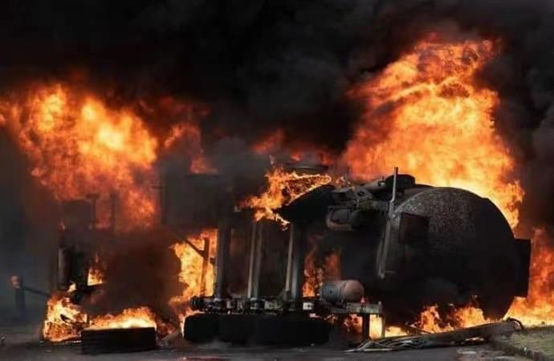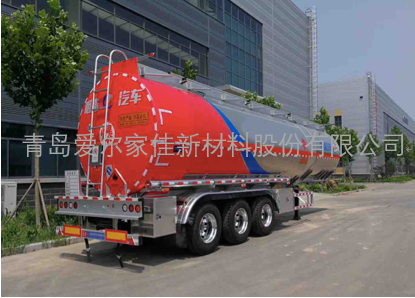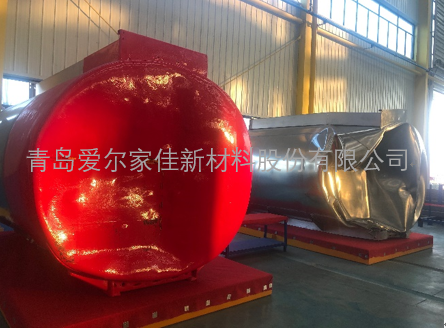Polyurea Safety Protective Material: A Rising Star in Hazardous Chemical Transport ProtectionIssuing time:2025-02-18 15:14 On the late night of December 13, 2021, a fuel tanker explosion occurred in Cap-Ha?tien, the second-largest coastal city in northern Haiti. Nearby buildings and vehicles were burned down, resulting in at least 60 deaths and dozens of injuries.  Disasters Have Sounded the Alarm for Us  Polyurea safety protective materials can exhibit high failure strain when subjected to impact loads, thereby absorbing or dissipating the enormous energy generated by such impacts. It is precisely this characteristic that has led to their widespread application in military and ballistic protection fields. With the increasing national requirements for hazardous chemical safety protection, polyurea has emerged as a high-end protective material and has entered the civilian special protection application sector.  Through experiments, we can clearly observe the remarkable power of polyurea safety protective materials. When applied to a tanker truck and subjected to a vehicle collision test, the tanker truck without polyurea coating experienced a deformation depth of 91 cm, along with cracking and damage. In contrast, the tanker truck coated with polyurea safety protective material only showed a deformation depth of 10 cm and remained intact. This demonstrates the extraordinary effectiveness of polyurea safety protective materials! Air++'s independently developed Air++1603 polyurea anti-blast coating excels in impact resistance, corrosion resistance, and wear resistance. It is environmentally friendly, cures quickly, is easy to apply, and offers high performance and lightweight properties. With high tensile strength and tear resistance, it effectively reduces the likelihood of structural damage under intense impact, preventing large-scale casualties caused by hazardous chemical leaks. |
